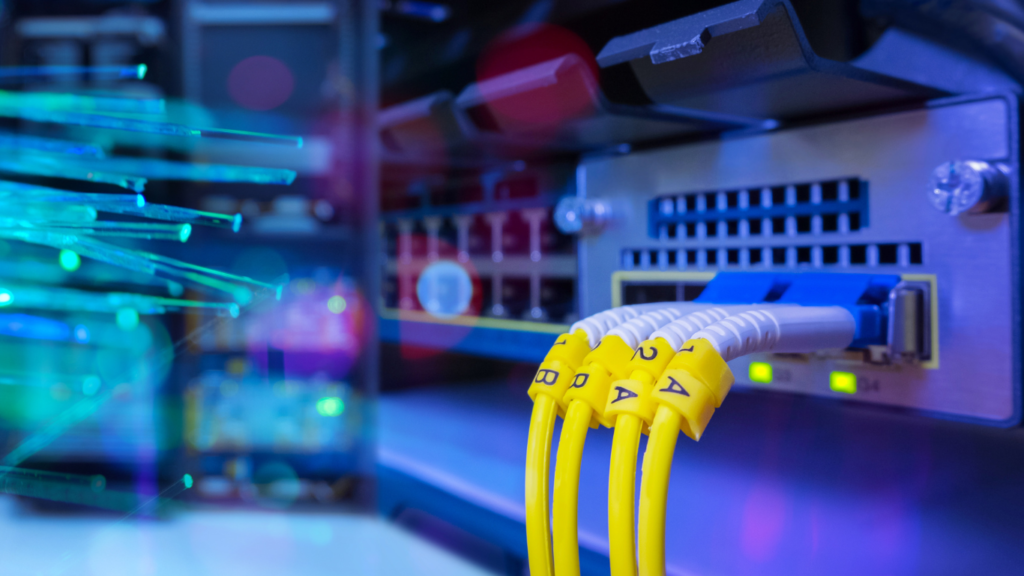400G QSFPDD SR8 or SR4?
400G QSFPDD SR8 or SR4? In the rapidly evolving world of high-speed networking, the choice between QSFPDD 400G SR4 and QSFPDD 400G SR8 modules can be pivotal for optimizing network performance and scalability. Both modules are designed to meet the demands of modern data centers, but they cater to slightly different use cases. This article […]
400G QSFPDD SR8 or SR4? Read More »




